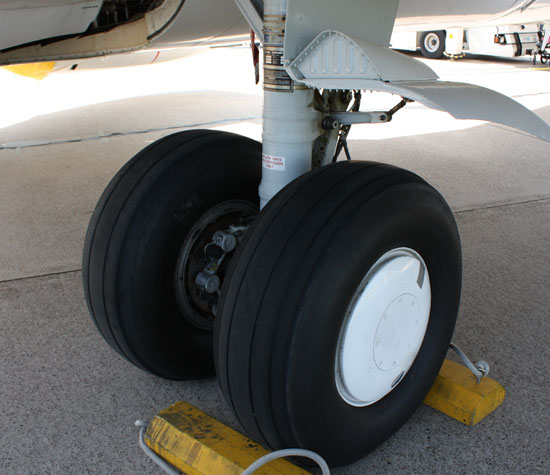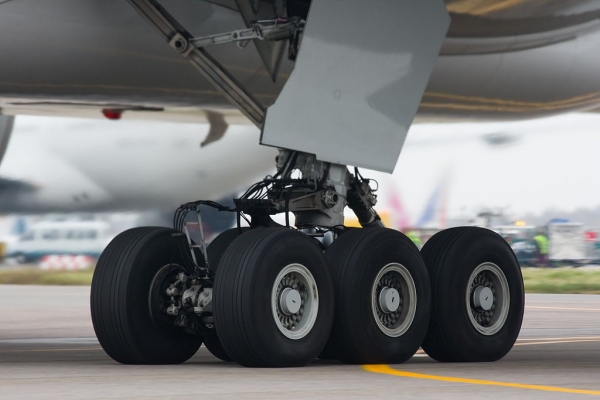How do an Airplane's Tires Help It Land Safely?

Above: Tires on a Boeing 737 (Wikimedia Commons/Politikaner)

Above: Tires on a Boeing 737 (Wikimedia Commons/Politikaner)
4.75
How does this align with my curriculum?
Curriculum Alignment
NU
6
K-6 Science and Technology Curriculum (NWT, 2004)
Matter and Materials: Properties of Air and Characteristics of Flight
NT
6
K-6 Science and Technology Curriculum (NWT, 2004)
Matter and Materials: Properties of Air and Characteristics of Flight
PE
6
Integrated Curriculum Grade 6: Science (Draft 2023)
DK 1.4: Various forces and factors enable flight and exciting ways of traveling through the air.
PE
6
Integrated Curriculum Grade 6: Science (Draft 2023)
DK 1.4: Investigate forces and factors involved in flight.
NS
8
Science Grade 8 (2020)
Learners will create a model that demonstrates the principles of kinetic molecular theory.
